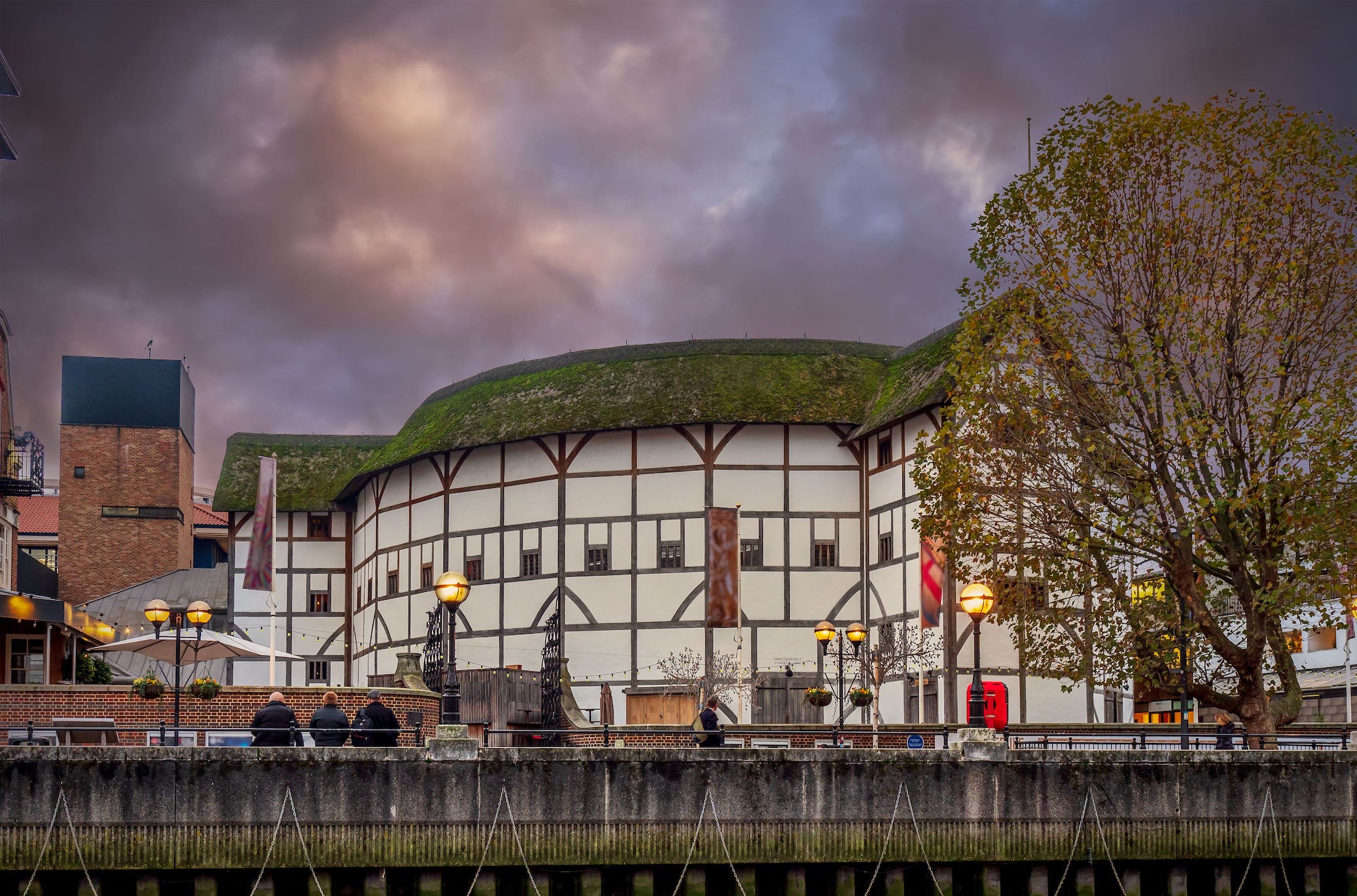Back in Renaissance England, the theatre was a staple of public entertainment. Theatres charged only a few pennies for admission, and the companies operating them often tried to outdo one another with grandiose special effects. Such efforts turned against Shakespeare’s Globe Theatre in London, England, when one of those special effects caused a devastating fire on June 29, 1613.
The Globe started life as part of another structure, called simply The Theatre, built-in 1576 by James Burbage. The Theatre was notable for being the first permanent theatrical structure built in England since the Roman occupation. Burbage signed a 21-year lease with Giles Allen for the use of the land on which the theatre sat. However, when the lease expired, Allen claimed the building also belonged to him.
Burbage and his son Richard responded by waiting until Allen was out of town celebrating Christmas. The whole company then carefully took The Theatre apart, beam by beam, and transported the wood to a marshy bank of the Thames. The new Globe Theatre opened sometime in mid to late 1599, likely with a performance of either Henry V or Julius Caesar.
The Globe drew crowds summer after summer, with theatre techs working hard to wow the audiences with Elizabethan Era special effects. One such effect was the use of actual cannon, loaded with black powder but no shot, to replicate the noise of battle in Henry VII. Avid theater fans will surely be familiar with the use of ‘blank’ weaponry.
However, just because the cannon wasn’t loaded with shot doesn’t mean it wasn’t dangerous. The exploding gunpowder created a few fiery sparks, which settled in the thick straw thatching of the theatre’s roof. The fire quickly spread to the wooden walls and support beams. Fortunately, the only reported injury was a man whose trousers caught fire, which his friend helpfully extinguished by pouring a bottle of ale on him.
The theatre was a total loss, but they were able to rebuild the following year. This incarnation of the Globe wasn’t meant to last long either, unfortunately enough. The Puritans, a staunchly conservative branch of English Christianity, looked on the theatre as a source of sin and decadence. They successfully closed every theater in London, including the Globe, in 1642. King Charles II, who retook the English throne in 1660, was a noted fan of the theatre and reversed the laws closing them almost immediately after regaining power.
It was too late for the Globe, however. It had been torn down in 1645 to make room for tenement housing. You can, however, visit a thoroughly researched replica of the Globe in London today. Built in 1997 after years of painstaking research, it sits just a few hundred feet from the site of the original structure. You’ve probably seen it in films; due to its commitment to historical accuracy, it’s become a popular location for Elizabethan drama!

